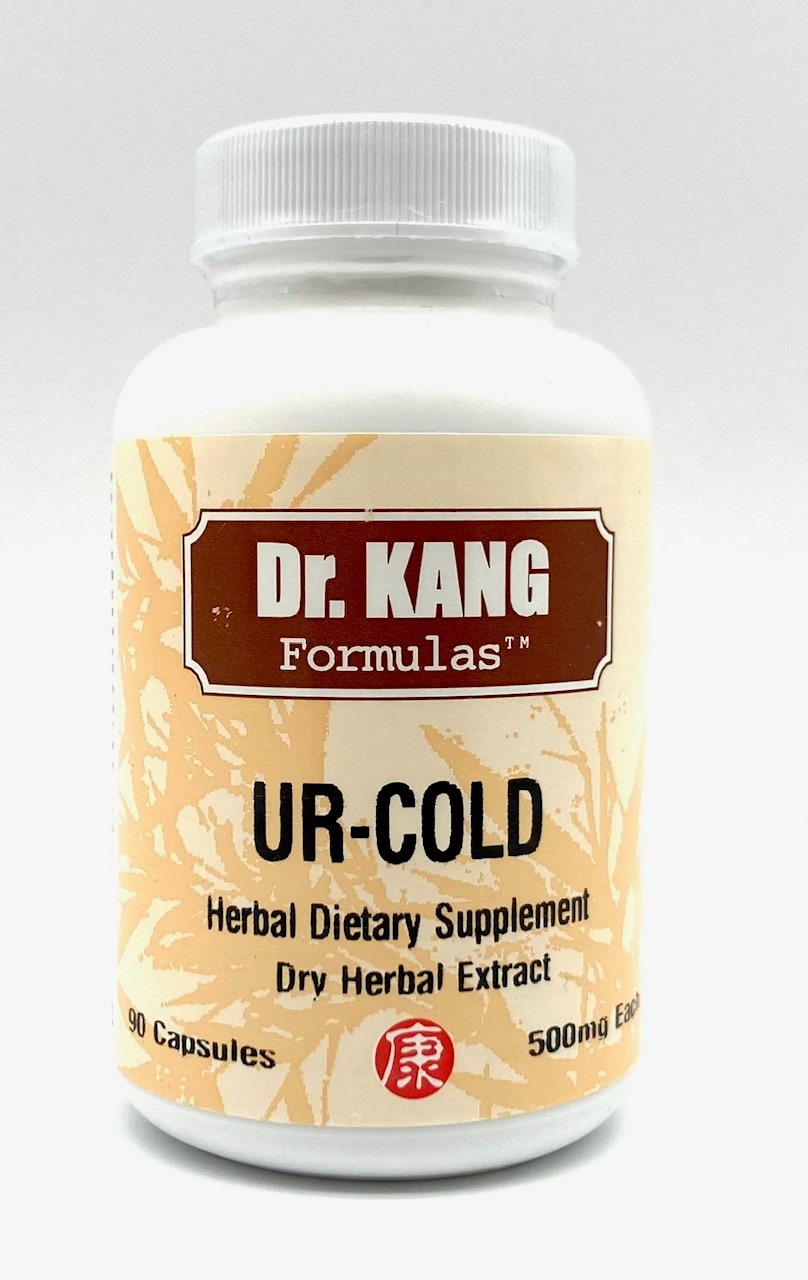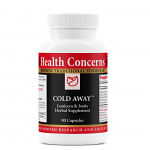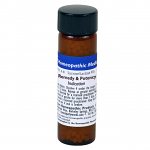U R Cold

U R Cold
| SKU | DK101 | |
| Brand | Dr. Kang Formulas | |
| Unit Size | 90 capsules | |
| Dosage | 2 to 3 capsules, three times per day; morning, noon, and evening | |
| Potency | 7:1, 500mg Caps | |
| Chinese Symptomology | Fever with or without sweating; Chilly sensations; Thirst; Cough; Drainage from the sinuses and nose; Headache; Sore throat; Joint aches | |
| Western Symptomology | Common Cold; Flu | |
| Pattern | Exogenous Wind-Heat | |
| Tongue | Tip is red; tongue has thin white yellowish coating on it | |
| Pulse | Floating and rapid | |
| English name | U R Cold | |
| Description | To be used as a supplement to a balanced diet when common cold and flu symptoms are present. Western medicine views common cold virus infections to be mild, self-limiting upper respiratory infections which resolve in several days. This assumes a healthy adult physiology and rest during the time of convalescence. In contrast to this, the common cold virus infections can be dangerous and compromising to young children and elderly adults. Flu virus infections can be more virulent and compromising to a broader spectrum of people. Traditional Chinese Medicine views cold and flu viral infections as a disease caused by exogenous Wind-Heat, an exterior pathogenic factor attacking human body surface. Signs and symptoms of cold/flu viral infections due to exogenous Wind-Heat included fever with or without sweating, chilly sensations, thirst, cough, drainage from sinuses and nose, headache, sore throat, achy joints. This formula is not only for the first sign of Wind-Heat conditions when they are easier to treat. This formula is also effective during later stages. If the infection has proceeded to the lower respiratory tract with coughing and chest pain, please use Dr. Kang Formula #2 - LR-Cough. This formula also can be used to prevent Wind-Heat when other family members are sick. Dr. Kang recommends keeping the air in the room fresh. Use vinegar in a humidifier as increased acidity is antiseptic for airborne bacteria and viruses. |
|
| Ingredients | Jin Yin Hua (Lonicera japonica Flos); Da Qing Ye (Isatis tinctoria Folium); Lian Qiao (Forsythia suspensa Fructus); Jie Geng (Platycodon grandiflorum Radix); Jing Jie (Schizonepteta tenuifolia Herba seu Flos); Xin Yi Hua (Magnolia liliflora Folium); Si Ji Qing (Ilicis chinensis Folium); Gan Cao (Glycyrrhizae uralensis Radix) |
|



